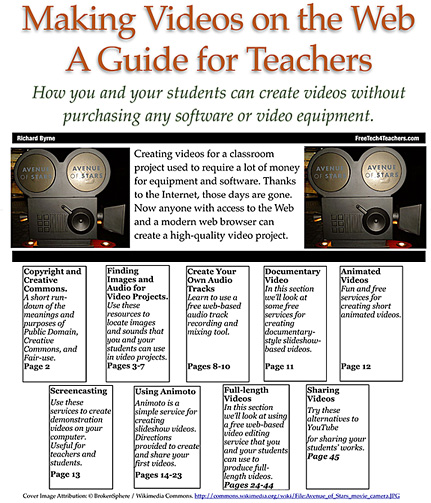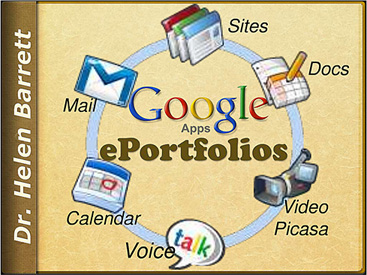About NWP Digital Is
The NWP Digital Is website is a teaching-focused knowledge base exploring the art and craft of writing, the teaching and learning of writing, along with ideas that provoke us to think in new ways about education and culture in the digital age.
Learn more about the NWP Digital Is website and how to participate.
About the National Writing Project
The National Writing Project (NWP) is a nationwide network of educators working together to improve the teaching of writing in the nation’s schools and in other settings. NWP provides high-quality professional development programs to teachers in a variety of disciplines and at all levels, from early childhood through university. Through its network of more than two hundred university-based sites located in all fifty states, the District of Columbia, Puerto Rico, and the U.S. Virgin Islands, NWP develops the leadership, programs, and research needed for teachers to help students become successful writers and learners.
Support for the National Writing Project is provided by the U.S. Department of Education, foundations, corporations, universities, and K–12 schools.
Learn More About the National Writing Project
- Digital Is: Interdisciplinary Writing Resources — from The Chronicle by Prof. Hacker
Also see:
Originally saw this at:
The Educator’s PLN- posted by Chris McEnroe on 3/28/11
Also, very relevant here is the following posting from Arne Duncan at ED.gov blog:
- The Changing Face of American Education
(Cross-posted from the White House Blog)One of the greatest challenges facing our country is the coming retirement of more than 1 million baby-boomer teachers. This challenge has presented us with a once in a lifetime opportunity to help reshape education in America by recruiting and training the next generation of great American teachers.
Teaching is a rewarding and challenging profession where you can make a lasting impact. Teachers have a positive influence on students, schools, and communities, now and into the future. Schools across the nation are in need of a diverse set of talented teachers, especially in our big cities and rural areas, and especially in the areas of Math, Science, Technology, Special Education, and English Language Learning.
That’s why the department launched the TEACH campaign — a bold new initiative to inspire and empower the most talented and dedicated Americans to become teachers. We know that next to parental support, there is nothing more important to a child’s education than the quality of his or her teachers.
Many of you are already thinking about becoming teachers. The TEACH campaign provides tools at your fingertips to navigate the academic and professional requirements that will credential you to succeed as a teacher in one of our schools. TEACH.gov features an online path to teaching and over 4,000 listed, open teaching positions.
Also see:
- Four Characteristics of Successful Teachers — from Faculty Focus by Maryellen Weimer
Adobe Museum of Digital Media, A lecture by John Maeda
From DSC:
If online courses could feature content done this well…wow! Incredibly well done. Engaging. Professsional. Cross-disciplinary. Multimedia-based. Creative. Innovative. Features a real craftsman at his work. The Forthcoming Walmart of Education will feature content at this level…blowing away most of the competition.
This is also true for materials like the item below!
21st century education requires lifewide learning — from Harvard Business Review by Chris Dede
I have decided to spend the remainder of my career helping to replace industrial era schooling with educational structures better suited to our 21st century, global, innovation-based economy. This sweeping goal of total educational transformation may seem overly ambitious for someone whose work centers in learning technologies. However, in my research I consistently find that new media are at the heart of innovative models for education: contributing to the obsolescence of traditional schools/universities as educational vehicles, while simultaneously empowering new forms of learning and teaching.
Quote/excerpt from Sims (2008) paper entitled, “Rethinking (e)learning: A manifesto for connected generations”:
Advances in theories of human memory parallel, and perhaps depend on, advances in technology… The information processing approach has been an important source of models and ideas, but the fate of its predecessors should serve to keep us humble concerning its eventual success… Unless today’s technology has somehow reached its ultimate development, and we can be certain it has not, then we have not reached the ultimate metaphor for the human mind either. (Roediger, 1980, p. 244 as cited in Sims, 2008)
Roediger’s remarks remind us that, not only are we in a constant state of change and development, but also that there are inherent risks in arguing that we know what there is to know about teaching, learning, and e-learning. Therefore, without undermining the importance of understanding the dynamics of human learning, this article adopts the position that it is untimely to let the e of e-learning disappear, because without that e we might lose sight of the value digital technology provides, especially through social networks, to emergent forms of learning and knowledge construction.
Emergent forms of learning cannot easily be addressed by current instructional design methodologies (Kays & Francis, 2004), which are often teacher-centered. New models and strategies embracing the roles and skills of the teacher, the learner, and the design team are required to address such developments (Sims & Koszalka, 2008). Recent reports by Oblinger (2004), Irlbeck, Kays, Jones, and Sims (2006), and Siemens (2007) posit that these emergent technologies and interactions have opened doorways to new ways of learning and that these deserve new models of thinking about the very essence of the teaching and learning dynamic. While this article accepts that e is becoming more mainstream and part of the infrastructure of developed nations, the real question is whether the models we use to create learning environments and measure outcomes retain their relevance in a generation in which technology is the medium of communication for many.
.
Sims, R. (2008). Rethinking (e)learning: a manifesto for connected generations. Distance Education (29) 2. August 2008, 153–164.
The facts on higher order thinking — from Faculty Focus by Maryellen Weimer, PhD
.
I just read a study that pretty much blew my socks off. An article highlighting the details will appear in the March issue of The Teaching Professor. I’ll give you the nutshell version here. The researchers were interested in finding out if there was empirical evidence to support the frequent criticism that introductory courses are fact filled with little content that challenges higher order thinking. Beyond anecdotal evidence, this research team didn’t find much empirical documentation so, being biologists, they decided to look at introductory-level biology courses.






























